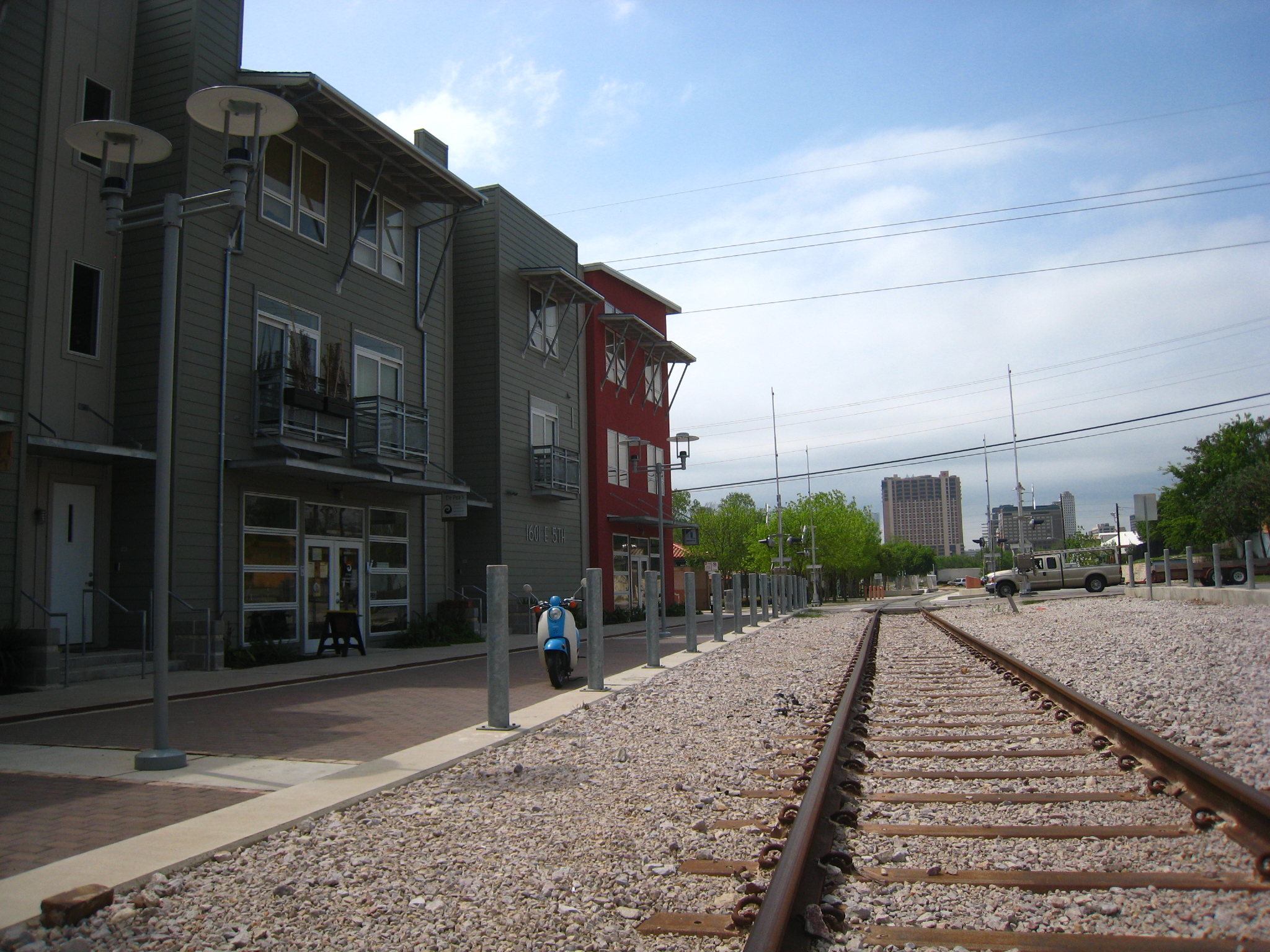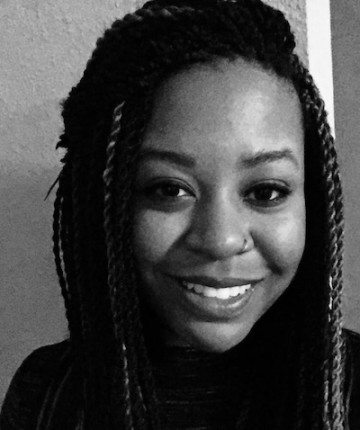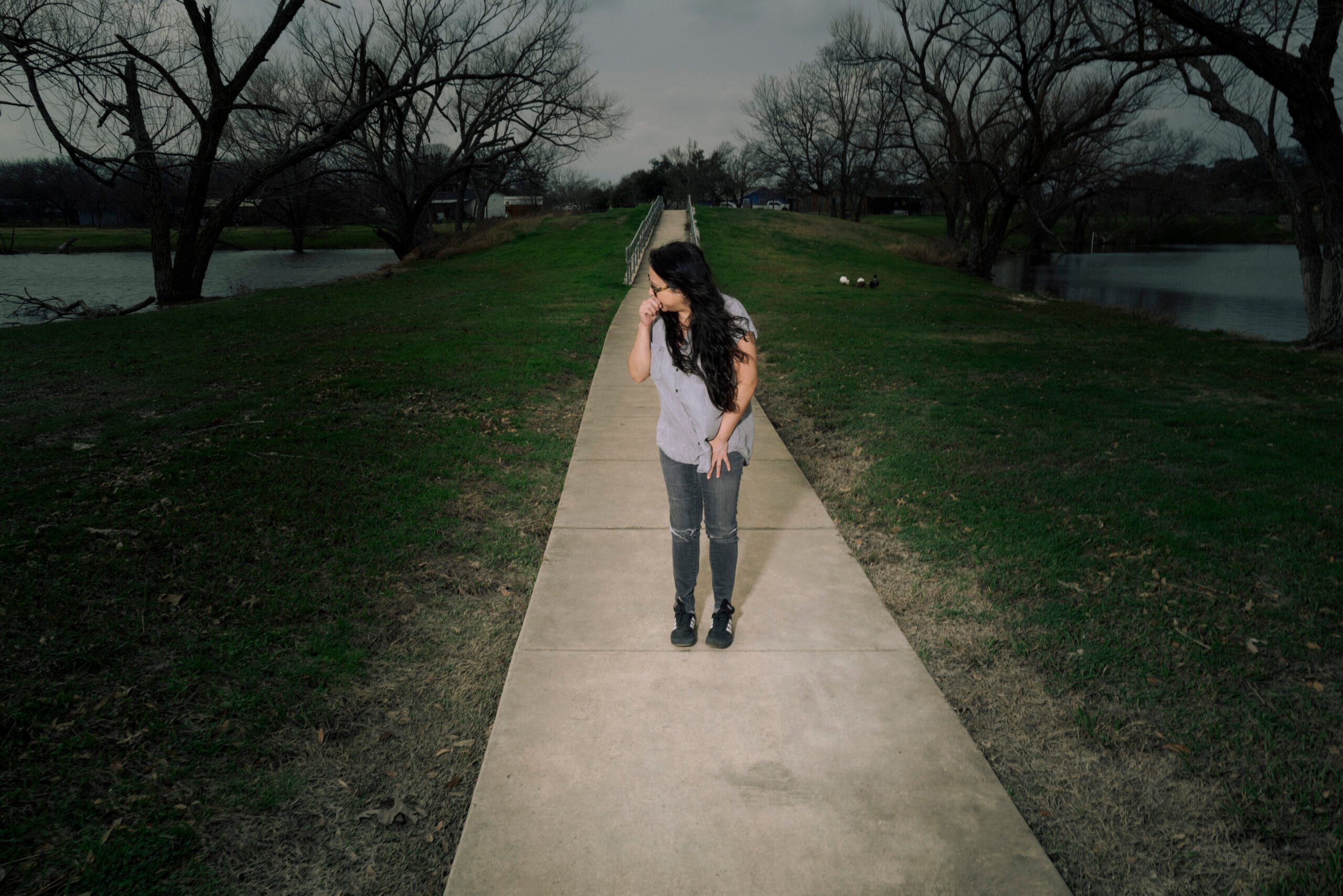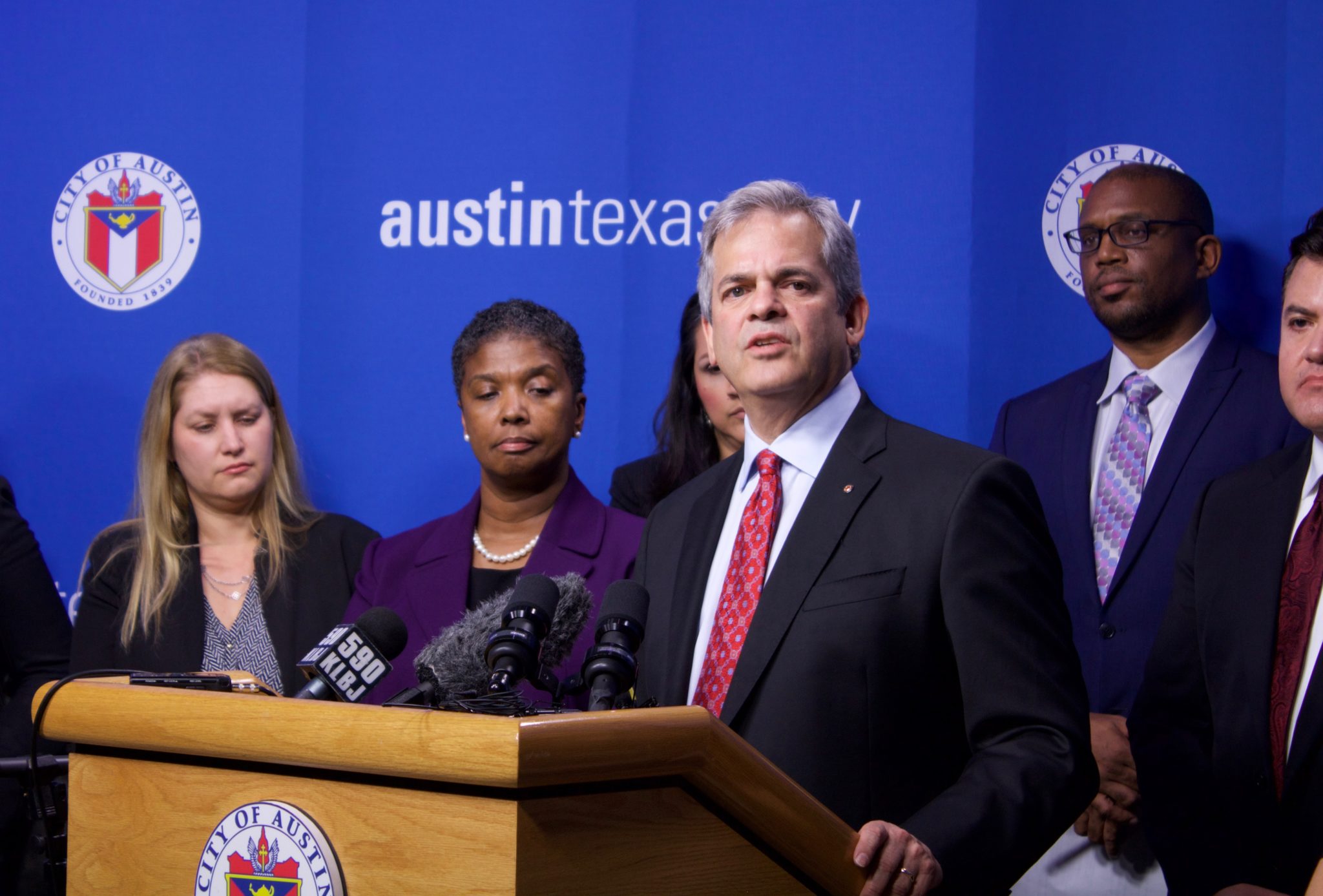
State of Black Austin Tied to Swiftly Gentrifying East Austin

Above: The Saltillo Lofts in swiftly gentrifying East Austin. According to Eric Tang, a researcher at the University of Texas at Austin, the area's white population increased by 442 percent between 2000 and 2010, while communities of color saw their numbers drop.
During Austin’s State of the City address two weeks ago, Mayor Steve Adler outlined his plan to ensure that everyone living in Austin could continue to stay despite rapid growth that’s made the city increasingly unaffordable for low- and middle-income residents. But apart from vague promises to combat “gentrification,” he failed to grapple with the question of what Austin can or should do for communities of color — a failure organizers of the second-annual State of Black Austin program addressed on Friday.
Organized by the Austin Justice Coalition, a grassroots organization focused on criminal, social, and economic reform, and the Austin Socialite, State of Black Austin provided a space to candidly discuss the opportunities and disparities facing the black community.
“There has to be folks that are willing to come together and create our own narrative of what’s happening in the city. We can’t stand by and accept whatever rhetoric we hear,” said Austin Justice Coalition board member and event co-organizer Meme Styles.
Over 200 community members, organization leaders and experts filled the George Washington Carver museum on Friday. Maps lining the walls of the museum lobby served as a primer, providing a visual account of racial disparity here. Designed by graduate students in geography at the University of Texas at Austin, the maps touched on the inaccessibility of major job centers, the mass exodus of blacks from Central and East Austin to the outskirts, and food insecurity.
Eric Tang, professor of African and African Diaspora studies at UT-Austin and co-author of a highly publicized 2014 report on race in Austin, expanded on his finding that Austin is the only fast-growing American city of its size with a simultaneously declining Black population.
But even in a room prepared to discuss gentrification and historic redlining, Tang drew gasps from the audience when he detailed the severity of gentrification in the city. Between 2000 and 2010 in the downtown neighborhood east of Austin’s historically black Huston Tillotson University Austin’s black population declined by 60 percent, and the Latino population by 33 percent, Tang said. In that same area, he said, the white population increased by 442 percent.
Audience members reflected on their own struggles to stay in the city, one even mentioning his battle with the city to stay in a five-generation family home. Local officials echoed audience members’ concerns.
“I cannot erase myself from the reality of what I see going on in my community,” said keynote speaker and Precinct 1 Justice of the Peace Yvonne Michelle Williams. Williams, who was elected in the largely minority Precinct 1, described the number of eviction cases she sees each week in her district as “gut-wrenching.”
In a panel discussion, experts from Austin’s NAACP chapter and cultural and health care organizations weighed in on numerous quality of life indicators — including education, arts and culture, safety, and sustainability — connecting them to the crisis of black flight the city.
“The drop in African Americans was not an accident. The number one gentrifier in the city is the city itself,” said Fred McGhee, an urban and environmental anthropologist, referring to both historical and current-day policies that marginalize and disenfranchise communities of color, such as Austin’s model for elective representation and the only recent decriminalization of truancy, often used to target low-income and minority students.
But more than just an opportunity to reflect on the obstacles black Austinites must overcome, the event served as a call to action — an opportunity for people to learn how they can drive positive change, according to Chas Moore, co-organizer of the event and co-founder of the Austin Justice Coalition.
“For me, I think about people that stayed at UT when they didn’t want them there. I think about our ancestors that were fighting for the right to vote and desegregation of schools when it was violently evident that people didn’t want them there. We have to stand [our] ground to pave the way for other people in the future.”


